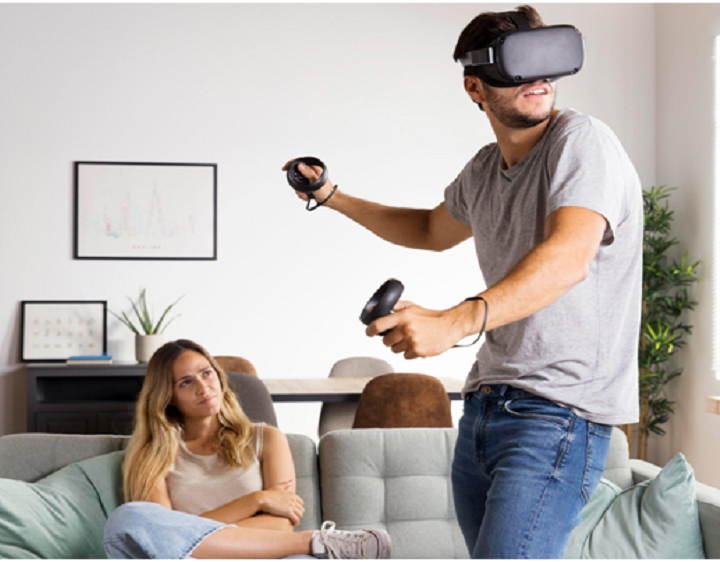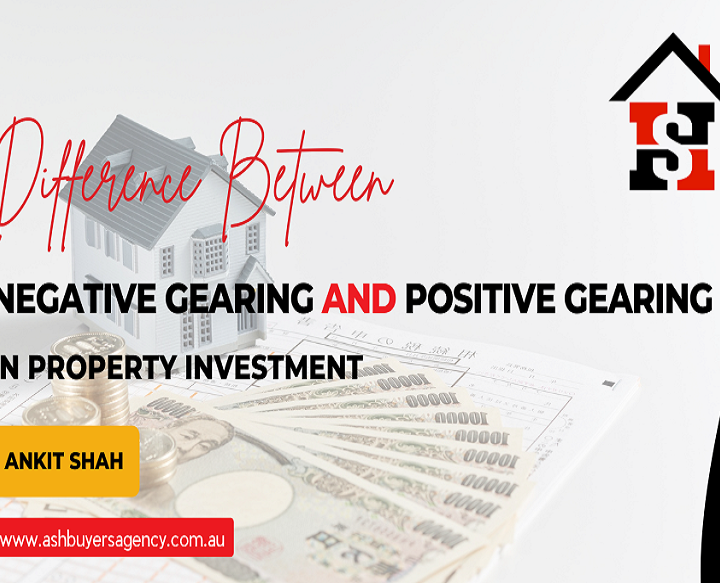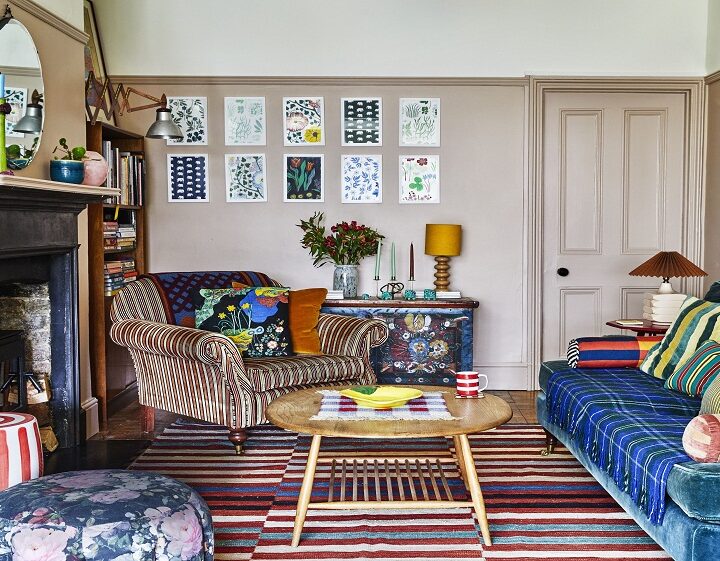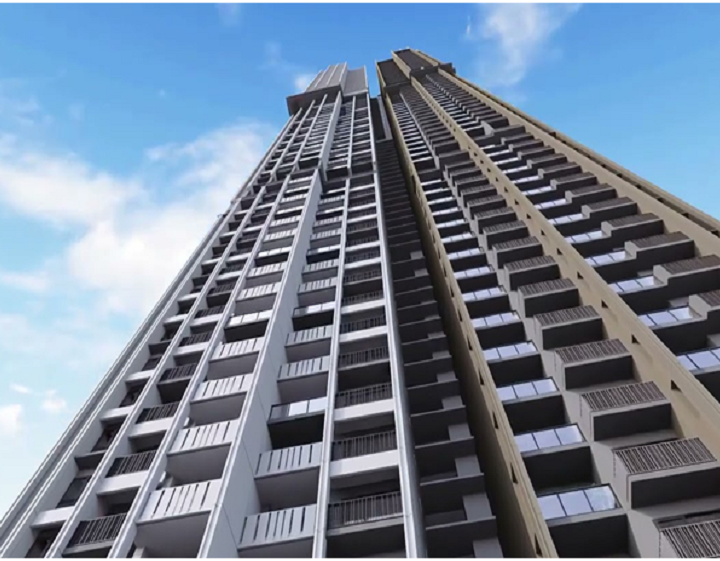Virtual Reality (VR) and 3D technology have dramatically transformed how design, engineering, and architecture professionals visualize their ideas before they build. By combining VR and 3D modeling with live action, you can create simulations that feel real to improve accuracy, creativity, and collaboration. From immersive product designs to an architectural walkthrough, VR allows you to take your imagination and bring it into the real world. It allows users to step inside their ideas to understand how things fit together spatially, and can help the user make data-informed decisions in relation to design faster.
Key Benefits of VR 3D Modeling for Design Industries
The incorporation of VR 3D modeling technology in the design industries allows design teams to visualize, test, and modify projects in real time, reducing errors and workflow. Below are several main benefits of the reason for VR 3D modeling becoming popular across different industries.
- Enhanced visualization and realistic spatial awareness
- Real-time collaboration with remote teams
- Reduced design errors and associated rework costs
- Improved client presentations and approval process
- Faster prototyping and concept testing
Immersive Architectural Visualization through 3D Virtual Reality
3D virtual reality has transformed architectural visualization, placing the client inside the 360° experience. Architects can provide VR walkthroughs for the client, allow clients to make adjustments and layout changes quickly, and allow clients to evaluate lighting, materials, and textures and they are all happening real-time in the VR experience. This ultimately leads to more informed design decisions and a smoother approval process from the client.
VR 3D Modeling in Engineering and Manufacturing Simulations
In manufacturing and engineering, VR 3D modeling allows professionals to simulate machinery, assembly lines, and ergonomic processes. Engineers can analyze mechanical performance, detect design flaws early, and optimize production systems all before physical prototypes are created, saving time and cost.
Role of Virtual Reality in Product Design and Development
Virtual reality modeling enables product designers to interact with digital prototypes, assess usability, and refine aesthetics. This process ensures products meet both functional and user experience goals. By simulating real-world use cases, designers can perfect form, texture, and performance before manufacturing.
VR Integration with 3D Game Environments and Interactive Training
Beyond design, VR 3D modeling has transformed gaming and training experiences. Game developers use VR to create interactive environments with realistic physics and textures, while corporations leverage VR simulations for employee training in risk-free, immersive conditions — from aviation to healthcare.
Comparison of Traditional Design vs. 3D VR Design
| Aspect | Traditional Design | 3D VR Design |
| Visualization | 2D or limited 3D models | Fully immersive 3D environment |
| Collaboration | Static sharing via files | Real-time multi-user interaction |
| Error Detection | After prototyping | Early detection during simulation |
| Cost Efficiency | High rework costs | Reduced by early validation |
| User Experience | Conceptual visualization | Real-life spatial engagement |
Tools and Software for VR 3D Modeling
Popular tools like Blender, Unity, Unreal Engine, and Autodesk 3ds Max support VR 3D modeling. These platforms offer powerful rendering engines, physics simulations, and VR integration for real-time visualization, enabling designers to develop realistic, immersive environments for multiple industries.
The Future of 3D Virtual Reality in Design Innovation
With advancements in AI and real-time rendering, 3D virtual reality is poised to redefine creative workflows. From urban planning to custom product manufacturing, VR’s integration with cloud and digital twins will allow unprecedented interactivity, precision, and data-driven innovation in design.
Overcoming Challenges in VR 3D Modeling Implementation
Adopting VR 3D modeling comes with challenges such as hardware costs, steep learning curves, and performance optimization. However, as tools become more accessible and affordable, these challenges are rapidly diminishing, paving the way for mainstream adoption across creative and technical industries.
Why Businesses Should Invest in VR-Based Design Solutions
Businesses that integrate VR 3D modeling into their workflows gain a competitive edge through faster approvals, reduced revisions, and better client engagement. It enhances design precision and storytelling, positioning companies as technologically advanced leaders in their domain.
FAQs
- What is 3D Virtual Reality in design?
3D Virtual Reality combines three-dimensional modeling and immersive visualization, allowing users to experience designs in a simulated environment that feels realistic and interactive. - How does VR 3D modeling improve design accuracy?
VR modeling helps identify design issues early, visualize real-world scale, and simulate environmental interactions, significantly improving precision and reducing costly errors. - What industries benefit most from 3D virtual reality?
Architecture, engineering, manufacturing, product design, healthcare, and gaming industries all benefit from VR 3D modeling through enhanced visualization and simulation capabilities. - Can small businesses afford VR design solutions?
Yes. With affordable VR headsets and open-source modeling software, small businesses can implement VR visualization tools without massive investments. - What’s the future of VR in design and simulation?
The future lies in AI-driven VR systems that merge with real-world data, enabling interactive, data-rich simulations for smarter, faster, and more sustainable design solutions.






